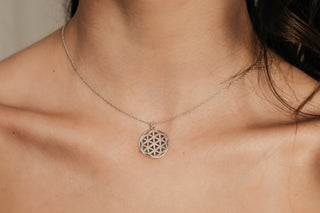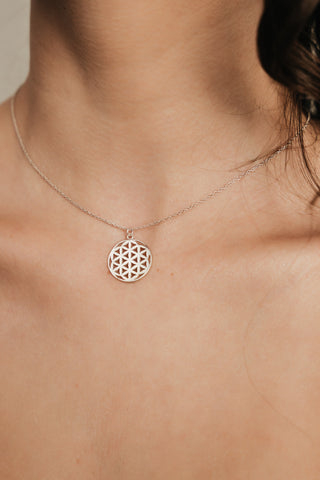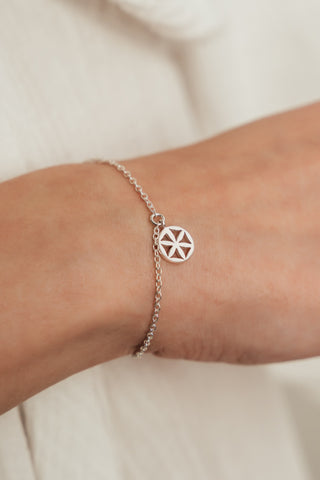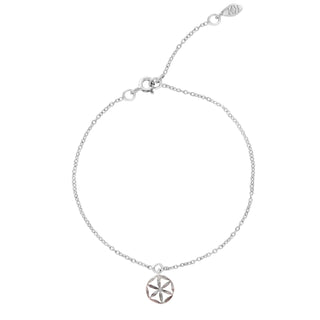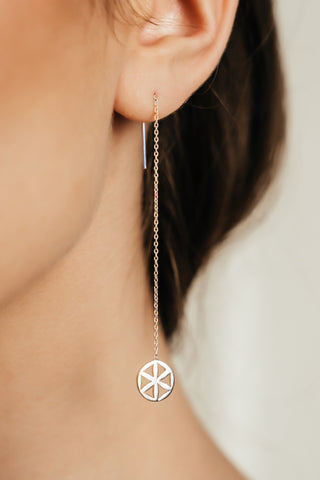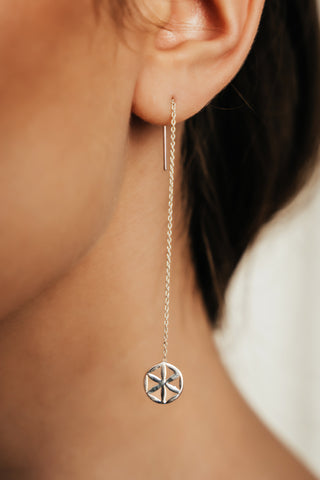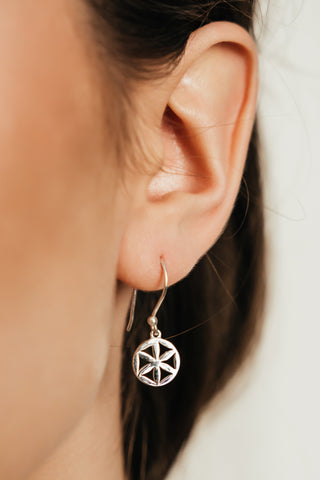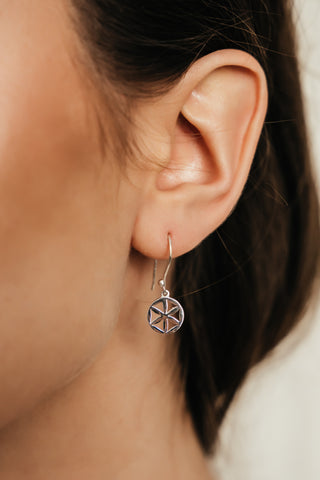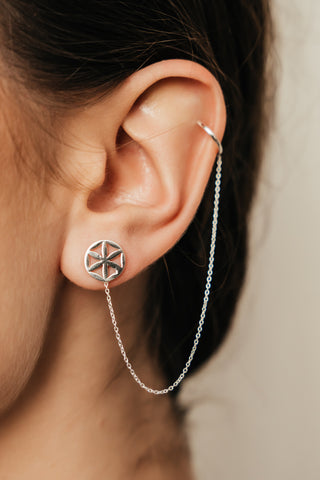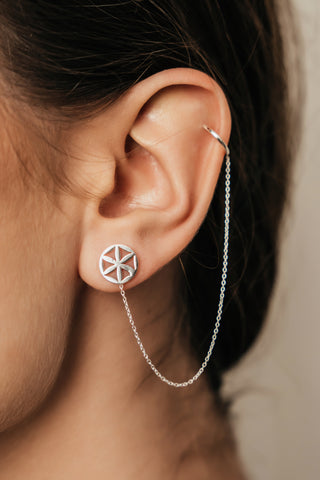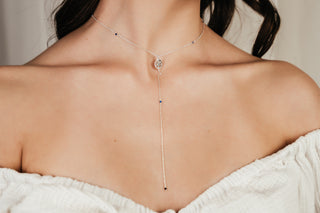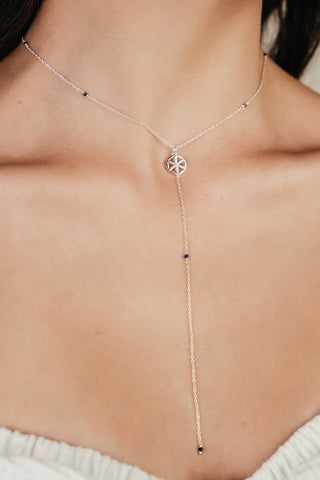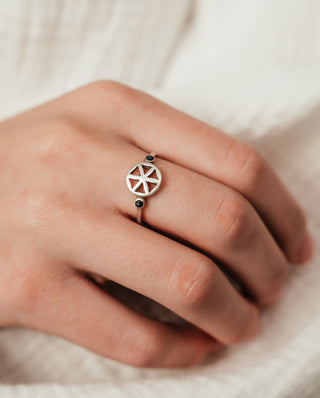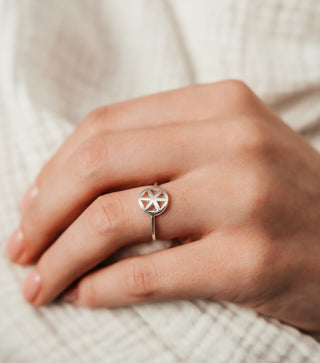The Flower of Life is a geometric symbol that has fascinated humanity for centuries. Composed of overlapping circles arranged in a perfect hexagonal symmetry, it is more than just an intricate design. This ancient symbol has been revered across cultures and epochs, serving as a bridge between art, science, spirituality, and fashion. In this article, we’ll explore the historical significance, cultural relevance, and visual impact of the Flower of Life, with special emphasis on its role in jewelry design and fashion.
Origins and Historical Significance
Ancient Roots
The Flower of Life dates back thousands of years, with its earliest appearances in sacred sites across various ancient civilizations. One of the most notable instances is in the Temple of Osiris in Abydos, Egypt, where carvings of the symbol are etched into granite walls, thought to date back to at least 6,000 years ago. Its prevalence in sacred sites suggests it held significant spiritual and metaphysical importance.
In ancient Chinese, Indian, and Mesopotamian cultures, similar geometric patterns can be found in mandalas and architectural designs. These societies believed that the Flower of Life encapsulated the essence of creation, embodying unity, balance, and the interconnectedness of all life forms.
The Renaissance and Beyond
During the European Renaissance, the Flower of Life inspired polymaths like Leonardo da Vinci, who studied its geometry to explore the principles of proportion and symmetry. Its precise mathematical structure—derived from the intersection of circles—was used as a blueprint for understanding the underlying order of the universe. This era’s emphasis on harmonizing science, art, and spirituality cemented the symbol’s role as a timeless motif.
Modern Rediscovery
In the late 20th and early 21st centuries, the Flower of Life experienced a resurgence in spiritual communities and contemporary design. As humanity sought deeper connections to ancient wisdom, the symbol became a focal point for meditation, holistic healing, and personal growth. Today, it is both a decorative and spiritual element, signifying harmony and infinite possibilities.
Sacred Geometry
At the core of the Flower of Life is the “Seed of Life,” composed of seven interconnected circles. This formation is often linked to the seven days of creation in many spiritual traditions. It is seen as the starting point for all existence, symbolizing new beginnings and the infinite potential of life.
The Flower of Life is a quintessential example of sacred geometry, a field that associates mathematical proportions with spiritual significance. The arrangement of its circles represents the interconnectedness of all things, from atomic structures to cosmic expanses. The pattern is a visual metaphor for the unity and cyclical nature of life, resonating with both ancient mystics and modern scientists.
Visual and Symbolic Appeal
Jewelry designers have long been drawn to the Flower of Life because of its intricate and balanced design. Its symmetry, versatility, and universal symbolism make it an ideal motif for various forms of adornment, from pendants and bracelets to earrings and rings. By incorporating this symbol into wearable art, designers allow individuals to carry its energy and meaning with them.
The Flower of Life is particularly prominent in spiritual and holistic jewelry collections. It is believed to promote balance, harmony, and positive energy when worn.

